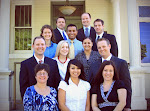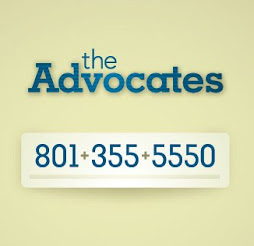Who’s responsible:
Owners of stores, office buildings, restaurants, landlords, and businesses are not expected to ensure or cover any accident or injury that occurs on their premises. Rather, they may be liable only when they fail in their duty to use “reasonable care” in protecting their patrons or tenants from accident. More particular, Utah courts have recognized two legal theories under which an injured person may recover against a business owner in a slip-and-fall accident.
The first theory applies in cases involving an unsafe condition of a temporary nature such as a slippery substance on a floor. The Supreme Court of Utah explains in the case of Schnuphse v. Storehouse Markets, 918 P.2d 476 (1996) that in these situations, liability cannot be established unless two conditions are met. First, the injured party must show that the business owner knew or should have known of the hazardous condition. Second, the party must show that the business owner had enough time to remedy the unsafe condition had the owner exercised reasonable care, and the owner failed to do so. In other words, liability in this type of case will only be imposed when the condition existed for a long enough time that the owner should have known about it and had time to correct it, but didn’t.
The second legal theory giving rise to liability for a slip, trip and/or fall accident involves unsafe conditions of a permanent nature. For example, if the unsafe condition exists due to the structure of a building, stairway, machinery, manner of use etc, then it may not be necessary for the injured party to prove that the owner was on notice of the hazard. Moreover, an owner of property may be liable for failing to warn patrons of dangers that are not apparent. On the other hand, an owner may be partially or fully absolved of liability if fault can be apportioned to the person who fell. For example, it may be difficult to prove liability if the injured party was impaired by drugs or alcohol or wasn’t paying attention and fell on something that was open or obvious.
Steps should be taken in the event of an accident:
- Report the accident to management as soon as possible and see that a report is made of the incident. If a report has not been made, then write a letter outlining the details of the accident.
- Obtain photos of accident scene and injuries. Ask the owner or management if security film exists of the accident and that it be preserved.
- Get names of witnesses and contact information such as addresses, phone numbers and emails.
- Seek medical help as soon as is reasonably possible. Make sure that you let your medical provider know that your injuries resulted from the accident.
- In most cases it is a mistake to try and settle the claim until the full extent of injuries is known and how much the costs are for current and future medical care lost wages, etc.
- The property owner, manager or insurer may ask the injured party to sign a release, however, do not sign anything until having it reviewed by an personal injury lawyer.




I'm really enjoying your blog - great content that is applicable.
ReplyDelete